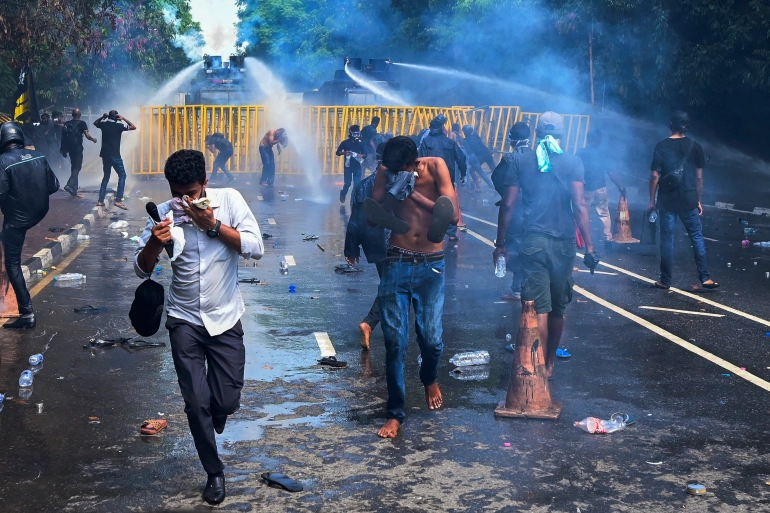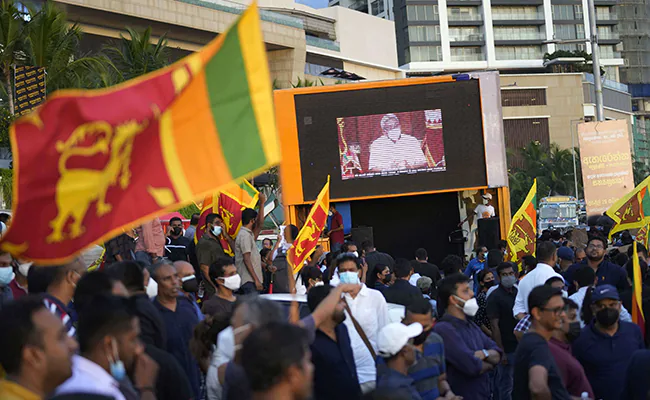Sri Lankan President Gotabaya Rajapaksa proclaimed a state of emergency on Friday, with effect from Friday midnight, amid the country’s economic crisis and the resulting anti-government rallies, according to the news agency PTI.

The decision came after weeks of public rallies calling for the President and administration to quit. Rajapaksa’s decision, according to the presidential media division, was made to ensure public security and sustain the flow of critical services, resulting in the country’s seamless running.
Sri Lankan police deployed tear gas and a water cannon earlier in the day to disperse students protesting outside Parliament, accusing MPs of failing to remove President Gotabaya Rajapaksa and his cabinet. The student-led demonstration began on Thursday, when a government-backed deputy speaker was chosen with a large majority in Parliament.
Thousands of protesters stayed outside Rajapaksa’s oceanfront office, where they have been protesting since April 9, while smaller groups attempted to attack the residences of several senior government members, prompting the latest emergency declaration.
The protestors accuse Rajapaksa and his governing family for mismanaging the economy, which has resulted in months of blackouts and severe shortages of food, petrol, and medications across the island. Hard currency shortages have also hampered the import of raw supplies for industry, worsening inflation, which reached 18.7% in March.
Sri Lanka is experiencing the greatest economic turbulence in its history, with food shortages and power disruptions caused by a catastrophic currency crisis.
After a large demonstration outside his home on April 1, Rajapaksa announced a state of emergency. On April 5, he revoked it.
The state of emergency empowers security personnel and police to detain and even arrest anyone at their discretion.
